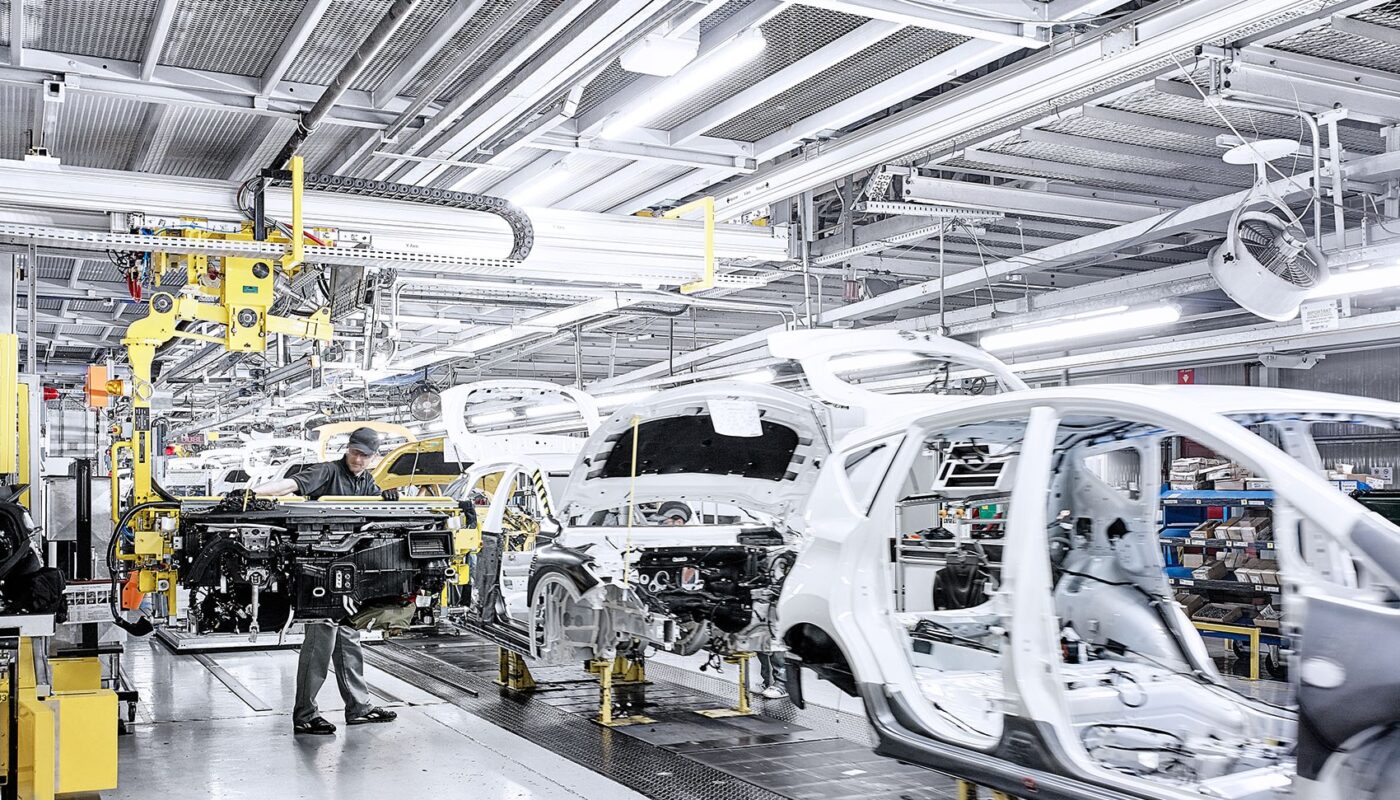The automotive industry across BRIC nations of Brazil, Russia, India, and China has been witnessing tremendous growth over the past few decades. This rapid growth has contributed significantly to the parallel rise in demand for automotive plastics used in various vehicle components and parts. Let us analyze the automotive plastics market scenario and future projections for these emerging economies.
Automotive Production on the Rise
Vehicle production in Brazil, Russia, India and China has increased manifold in the new millennium. China leads the pack with manufacturing over 25 million vehicles annually being the largest automotive producer globally. India produced over 4 million vehicles in 2020 and aims to scale this to over 30 million by 2030. Brazil and Russia also saw their annual auto production cross the 3 million mark in recent years. This growth in manufacturing has boosted the plastics industry catering to the automotive sector.
Components Requiring Plastics
Various plastic components see increasing use in modern vehicles due to benefits like weight reduction, lower maintenance and cost effectiveness. Some of the commonly used plastic applications in automobiles include-
Exterior Parts: Bumpers, grill guards, trims, mud flaps etc. are often made of thermoplastics like Polypropylene, Acrylonitrile Butadiene Styrene and Polycarbonate.
Interior Trim: Door panels, instrument panels, consoles, seat components use Polypropylene and Polyurethane.
Under the Hood: Intake manifolds, air ducts, oil pans, transmission components use Nylon, Polyethylene and Polypropylene.
Electric and Electronic: Connectors, switches, cables, covers, sensors use Nylon, PBT and TPE.
These plastic applications have substituted metals and continue gaining importance in vehicle lightweighting and performance enhancement initiatives.
Changing Design Trends spur Demand
Rising disposable incomes and changing lifestyle trends in BRIC nations are compelling auto manufacturers to focus more on vehicle aesthetics, style and comfort features to attract buyers. This has led to greater experimentation with plastic composites, engineered plastics and coated fabrics to realize futuristic exteriors, premium interiors and value-added features.
Trends like customized in-car infotainment, connectivity and comfort solutions are stimulating demand for sophisticated electronic controls and switchgear using specialty plastics. Similarly, the push for electrified powertrains and autonomous driving functionalities is expanding into new thermoplastic applications in EV and self-driving vehicle segments. These evolving design and technology advancements will be crucial drivers for the automotive plastics industry.
Domestic Production Gaining Momentum
To serve the growing localization needs of automakers and component suppliers in BRIC markets, domestic thermoplastic resin and compound manufacturing capacities are being ramped up aggressively. Major global plastic suppliers have invested heavily over the past decade to set up integrated production facilities in these emerging automotive hubs.
Indian companies like Reliance Industries and companies from China, Brazil like BASF and Dow Chemical have established presence with multistage processes for polymers, additives and engineering of custom compounds. This has empowered automakers to procure specialized plastic grades and components more economically within the country.
Governments offer incentives to boost local value addition from plastics. For example, under its ‘Make in India’ program, India offers production-linked incentives for setting up globally competitive automotive plastic processing units. Steps like these are nudging greater end-to-end plastic production localization across BRIC automotive supply chains.
Projected Market Size and Growth Rates
Industry analysts project the BRIC automotive plastics market to expand at a brisk annual rate of around 8-10% during this decade, with China and India in the lead. Some estimates value the combined market size at over $30 Billion currently and touching $60 Billion by 2030. This translates to an almost doubling of plastic demand from the auto industry across these nations within this period.
Thermoplastics like Polypropylene, Polyurethane, Nylon and Acrylonitrile Butadiene Styrene together account for over 60% of the materials used currently due to versatile processing capabilities. Engineering plastics are also seeing rising consumption percentage led by Acrylonitrile Butadiene Styrene, Polycarbonate and Polyamide usage. The Specialty plastics segment is anticipated to grow at the fastest pace on the back of electric, hybrid and autonomous vehicle components.
In summary, the automotive industry expansion underway in BRIC countries is fueling exponential demand for plastic applications over the coming decade. Domestic value addition through localized production of engineering-grade resins and compounds will dominate future strategies. Innovation through new material developments, processing technologies and focus on specialized EV components point towards sustainable long-term growth opportunities. With intelligent policy-making and investments in R&D infrastructure, the BRIC automotive plastics industry is well-poised to achieve its projected heights.




